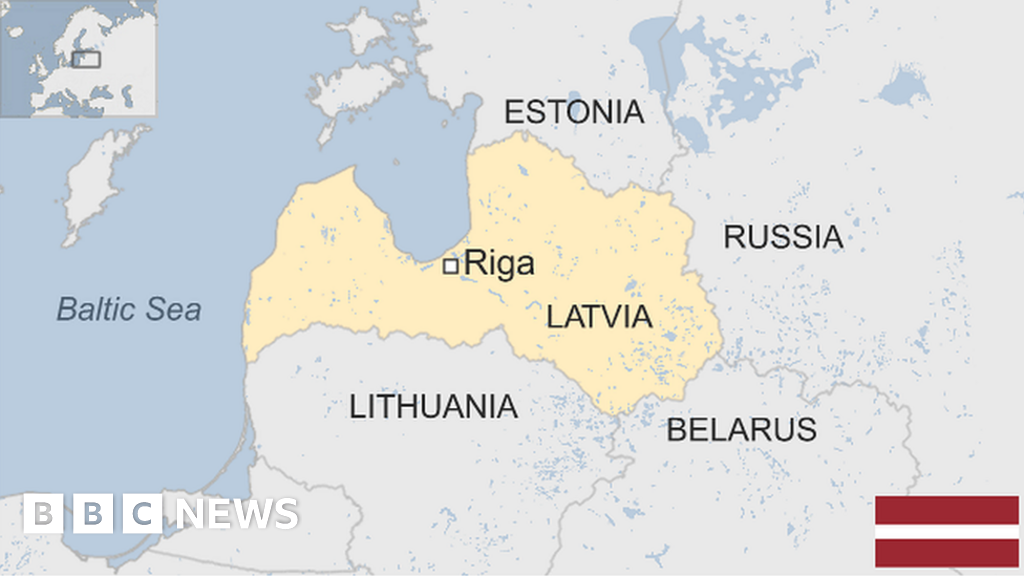Some key events in the history of Latvia:
1800s – Latvia is under Russian rule.
1918 – Following the Treaty of Brest-Litovsk between Russia and Germany in March and the Allied armistice with Germany in November, Latvian National Council proclaims independence.
1918-20 – Latvia fights to establish its independence against the Soviet Russian and German armies.
1920– Peace treaty with Soviet Russia.
1934 – Prime minister Karlis Ulmanis seizes power following succession of unstable governments.
1940 – Soviet Union annexes Latvia, along with neighbouring Estonia and Latvia. Mass deportations to Siberia and Central Asia.
1941 – Nazi Germany invades. Some 70,000 Latvian Jews are killed by Nazi death squads and Latvian paramilitary units.
1944 – Soviet Army returns, heralding further waves of deportations and repression of resistance to Soviet rule.
1986 – First major anti-Soviet demonstrations held by nationalist and environmental activists.
1991 – Referendum produces large majority in favour of independence. Parliament declares the full restoration of independence.
1994 – Last Russian troops leave.
1999 – Vaira Vike-Freiberga is elected president – the first woman president in eastern Europe.
2004 – Latvia joins European Union and Nato.
2006 – New citizenship law requires applicants to pass Latvian language test.
2012 – Referendum on giving Russian joint official language status rejected by a large margin.
2014 – Latvia joins the eurozone.
2015 – Nato reinforces its presence in the Baltic states.
2022 – Russia invades Ukraine. Latvia declares state of emergency along its border with Belarus over sharp climb in illegal border-crossing attempts.

